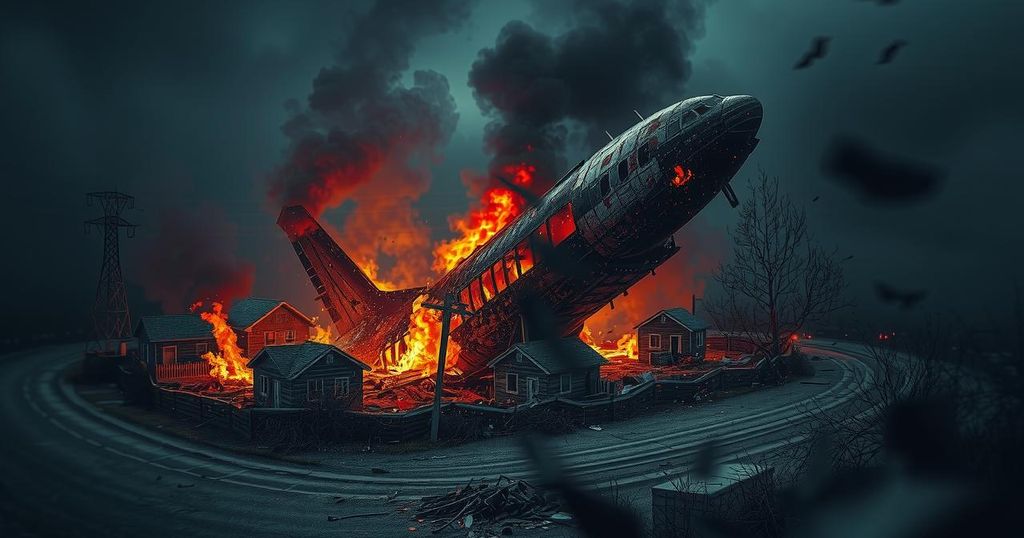Final Moments of Air India Flight 171: A Detailed Timeline

Air India Flight AI-171 tragically crashed shortly after departing from Ahmedabad, killing many and causing a massive fire at BJ Medical College. The investigation will explore multiple factors, including possible engine failures, fuel contamination, and the aircraft’s maintenance history. Eyewitness accounts reveal a chaotic sequence of events lasting just 33 seconds following takeoff.
The tragic collision of Air India Flight AI-171 occurred shortly after its departure from Ahmedabad, as the aircraft, en route to London, crashed into the residential quarters of BJ Medical College on Thursday. The incident resulted in numerous fatalities and sparked a significant fire within the hospital complex that houses many medical personnel.
According to available data from Flightradar, eyewitness testimonies, and various videos circulating online, it has been established that the flight tragically went down just 33 seconds after takeoff. At 1:30 PM, Flight AI-171 began its journey, pushing back from the loading bay at Sardar Vallabhbhai Patel International Airport. A minute later, it progressed towards the active runway, and by 1:34 PM, the aircraft lined up on Runway 28 in preparation for takeoff.
At exactly 1:38 PM, the Dreamliner took to the skies after completing its pre-flight checks. Nearly a minute later, the situation escalated rapidly as the pilot issued a ‘Mayday’ distress signal, indicating a full emergency just moments after takeoff. Flight data reveals that at 1:38:55 PM, the plane reached an altitude of 625 feet and a speed of 174 knots before initiating a steep decline.
Eyewitness footage captures a heart-stopping moment where the aircraft was visibly struggling, entering into a shallow descent with the nose tilted upward while the landing gear remained extended – a typical sign of emergency procedures. Unfortunately, moments later, the plane disappeared from view before it struck the ground in a catastrophic fireball, claiming numerous lives on impact.
As investigators now delve into the causes of the crash, aviation experts anticipate various lines of inquiry. They will examine data retrieved from the black boxes, assess the performance of the crew, and review ground operations and maintenance records of the aircraft for potential oversights. Key questions are already emerging in the wake of the disaster.
Was there a loss of power during takeoff, and if so, what was the root cause? Was the failure confined to one engine, or did both engines experience severe thrust loss? Experts are also looking into the possibility of contaminated fuel contributing to the crash. Furthermore, could there have been debris, such as a bird, impacting the aircraft during its ascent?
Investigators will need to consider the electrical systems aboard the plane. Additionally, they are keen to learn why the flaps, which are critical for generating lift, were retracted while the landing gear was still deployed in the final moments of flight. Lastly, an analysis of the aircraft’s recent maintenance history alongside fuel and weight parameters at takeoff will be crucial in piecing together what led to this tragic event.
The crash of Air India Flight AI-171 is a deeply tragic event that raises numerous questions about aviation safety and operational protocols. As investigators begin their inquiries, understanding the potential causes such as engine failure, fuel contamination, and maintenance checks will be paramount. The focus shifts now to uncovering exactly what transpired during those critical 33 seconds post-takeoff, as the search for answers intensifies in the wake of this disaster.
Original Source: www.hindustantimes.com






